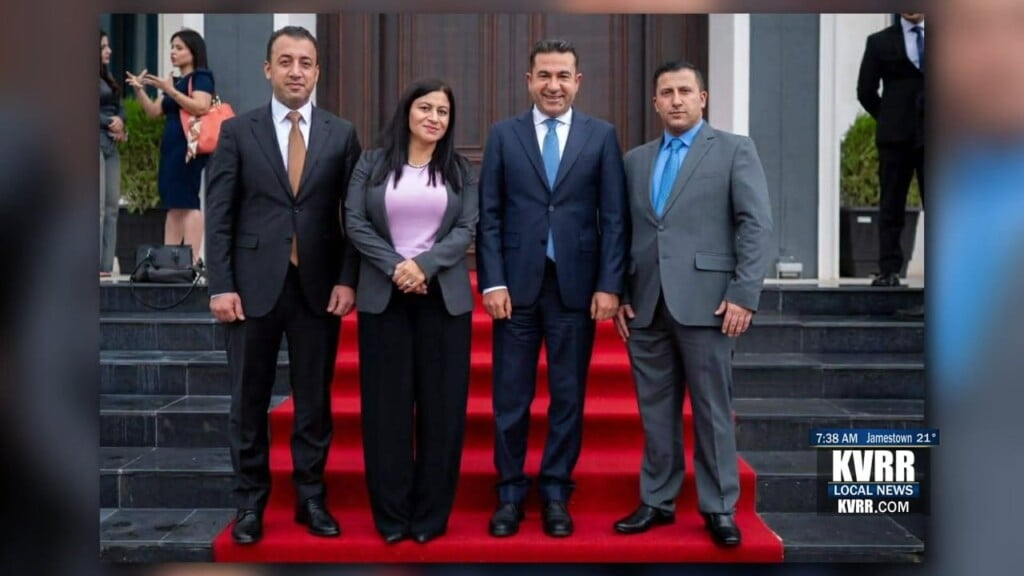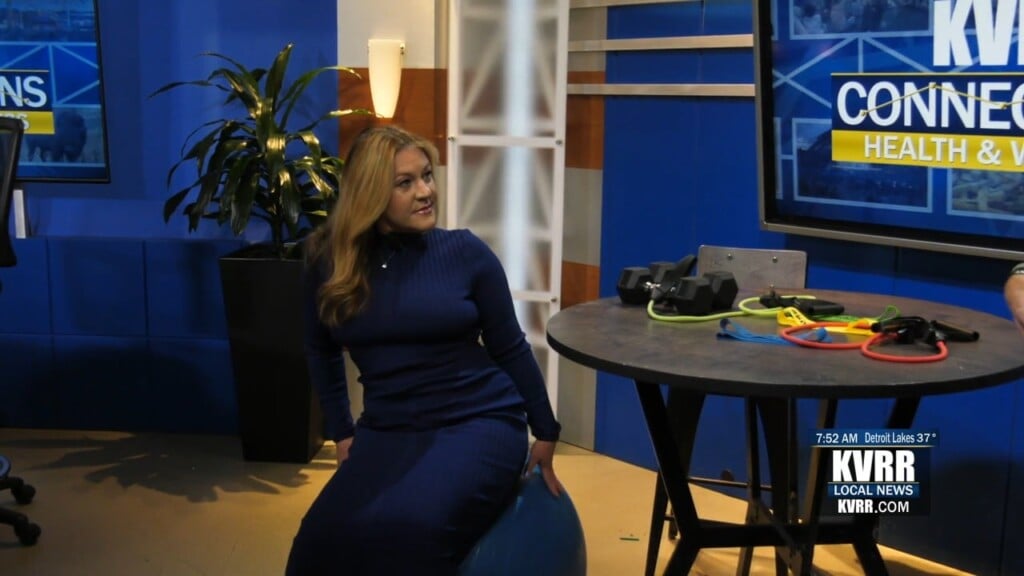Social Distancing: Metro Cemetery Tour
A Spooky, Distanced Idea for Halloween
Halloween is just over a week away. And if you want to do something on the spooky side while socially distancing at least six feet. Well…they bury the dead six feet under ground.
The Day of the Dead comes right after Halloween, and I put together a little list of some of the Metro’s most famous deceased residents for a seasonal cemetery tour.
Let’s start at Holy Cross Cemetery way up on 32nd Avenue North. There, you’ll find perhaps the most famous tombstone in town, Roger Maris. The famed Fargo native of course hits 61 home runs in 1961 for the New York Yankees. But he rests here in his home town. His grave has become a bit of a shrine for fans, leaving things like baseballs and hats.
There’s a sign pointing out Maris’ grave, but just two plots down is another very important historical figure, judge Ronald Davies. He famously ruled against the governor of Arkansas, opening the path for the Little Rock Nine to integrate the city’s school system in 1957. That was the first big test of the Brown v. Board of Education Supreme Court ruling.
Another fascinating piece of local history at Holy Cross. This is the tombstone of the only person to die as a result of the devastating Fargo fire of 1893 that burned all of downtown and left a third of the city homeless. William Johnson died two days after the fire and was buried at an annual firemen’s convention after that, according to a new book about the fire called The Fargo Fire of 1893.
Now let’s move on to Riverside Cemetery in South Fargo along the river. It’s a beautiful and serene location. Plenty of wildlife. I saw a deer and a flock of turkeys when I visited Wednesday.
There you can find plenty of old-timey political figures from the state, including former congressman and presidential candidate William Lemke.
But this next man fascinates me.
Smith Stimmel. He settled in Fargo and practiced law, but well before that he was a guard for Abraham Lincoln.
He was from Ohio, and the governor at the time though the President needed protection, so Stimmel was one of the military men he sent. Stimmel was not there when Lincoln got shot at Ford’s Theater. He later said that the president refused security when he went to entertainment venues or church.
But he stood guard outside the home Lincoln was carried to after he was shot. He left his post there only about 20 minutes before the president died. That’s an amazing connection to history here in Fargo.
And the last stop on our tour is the Prairie Home Cemetery in Moorhead along 8th Street.
It’s known as the inspiration for the name of the long-running Prairie Home Companion radio show.
You can also find some interesting people buried there, including the namesake of the Comstock House in Moorhead. Solomon Comstock has a big grave marker. He was a business man, served in the state legislature and Congress, and helped build what became Concordia College and donated land for what would become MSUM.
And finally, pretty close to that is another figure from Moorhead’s past, with one of the best names around.
Bottolf Bottolfson. He has a unique distinction of serving as Moorhead’s mayor for two terms more than 30 years apart. He was elected in the late 1920’s and early 1960’s.
There you go, a socially distanced Halloween tour of the metro’s cemeteries. I won’t tell you exactly where the graves are in the cemeteries. I think searching is part of the fun.
Let me know your Halloween ideas and plans on Facebook and Twitter.






